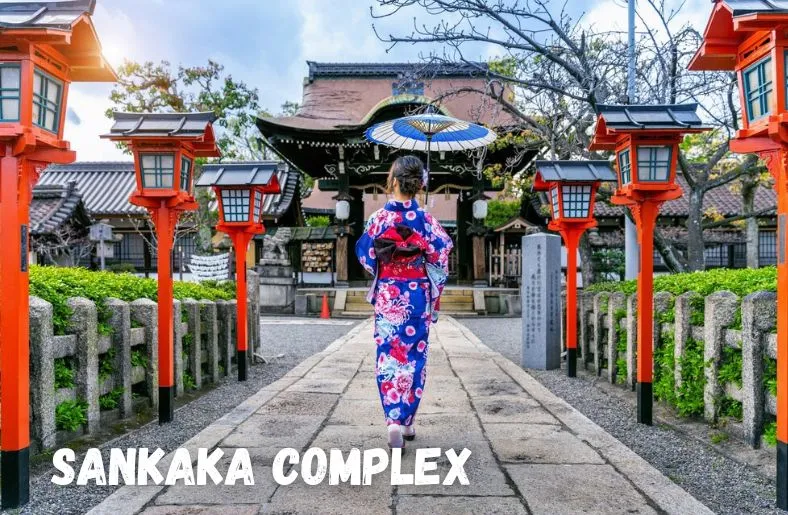Halloween, celebrated on October 31st, is a holiday like no other. Its rich history, dating back to ancient festivals, has evolved over time, influencing the way we celebrate today. One of the most iconic aspects of Halloween is the art of disguise, where people transform into their favorite characters, creatures, or supernatural beings. In this article, we’ll delve into the fascinating world of disfraces de Halloween, exploring their history, cultural significance, and modern-day interpretations.
Ancient Origins: The Festival of Samhain
Halloween’s roots lie in the ancient Celtic festival of Samhain, marking the end of the harvest season and the beginning of winter. The Celts believed that on Samhain, the boundary between the living and the dead became blurred, and spirits of the deceased returned to earth. To ward off these malevolent entities, the Celts wore disguises, often made from animal skins and heads, to blend in with the spirits.
Middle Ages: The Influence of Christianity
As Christianity spread throughout Europe, the early Catholic Church attempted to eliminate the pagan traditions of Samhain. However, the festival’s popularity persisted, and the Church incorporated elements of Samhain into the Christian calendar, establishing All Hallows’ Eve, later known as Halloween. During this time, costumes became more refined, with people dressing up as saints, angels, and devils.
19th and 20th Centuries: The Rise of Mass Production
The Industrial Revolution brought significant changes to Halloween costumes. With the advent of mass production, costumes became more accessible and affordable, leading to a proliferation of store-bought disguises. This period also saw the emergence of iconic characters, such as vampires, witches, and ghosts, which remain popular to this day.
Modern-Day Halloween: A Global Celebration
In recent years, Halloween has evolved into a global phenomenon, with diverse cultures contributing their unique twists to the holiday. Modern costumes reflect this diversity, with people drawing inspiration from:
-
Pop Culture: Movies, TV shows, and video games have become a significant source of inspiration for Halloween costumes.
-
Social Media: The rise of social media platforms has created new opportunities for people to share their creative costumes, inspiring others and fostering a sense of community.
-
Cultural Exchange: The internet has facilitated the exchange of ideas and traditions between cultures, resulting in a rich tapestry of Halloween celebrations worldwide.
The Art of Disguise: A Form of Self-Expression
Halloween costumes serve as a means of self-expression, allowing individuals to tap into their creativity and showcase their personalities. Whether you’re a fan of horror movies, a devotee of comic books, or simply someone who enjoys the thrill of transformation, Halloween provides an opportunity to become someone else, if only for a night.
Conclusion
The evolution of Halloween costumes is a testament to the holiday’s enduring appeal and adaptability. From ancient Celtic festivals to modern-day global celebrations, the art of disguise has played a significant role in shaping the spirit of Halloween. As we continue to embrace this holiday, let us remember the power of creativity and self-expression that lies at its core.



